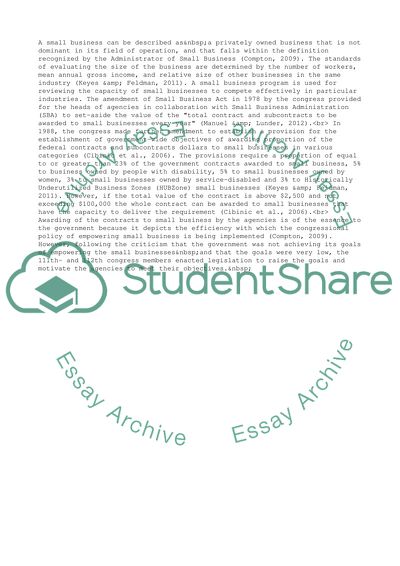Cite this document
(“Small Business Program and Source Selection Plans Essay”, n.d.)
Small Business Program and Source Selection Plans Essay. Retrieved from https://studentshare.org/business/1654384-small-business-program-and-source-selection-plans
Small Business Program and Source Selection Plans Essay. Retrieved from https://studentshare.org/business/1654384-small-business-program-and-source-selection-plans
(Small Business Program and Source Selection Plans Essay)
Small Business Program and Source Selection Plans Essay. https://studentshare.org/business/1654384-small-business-program-and-source-selection-plans.
Small Business Program and Source Selection Plans Essay. https://studentshare.org/business/1654384-small-business-program-and-source-selection-plans.
“Small Business Program and Source Selection Plans Essay”, n.d. https://studentshare.org/business/1654384-small-business-program-and-source-selection-plans.


